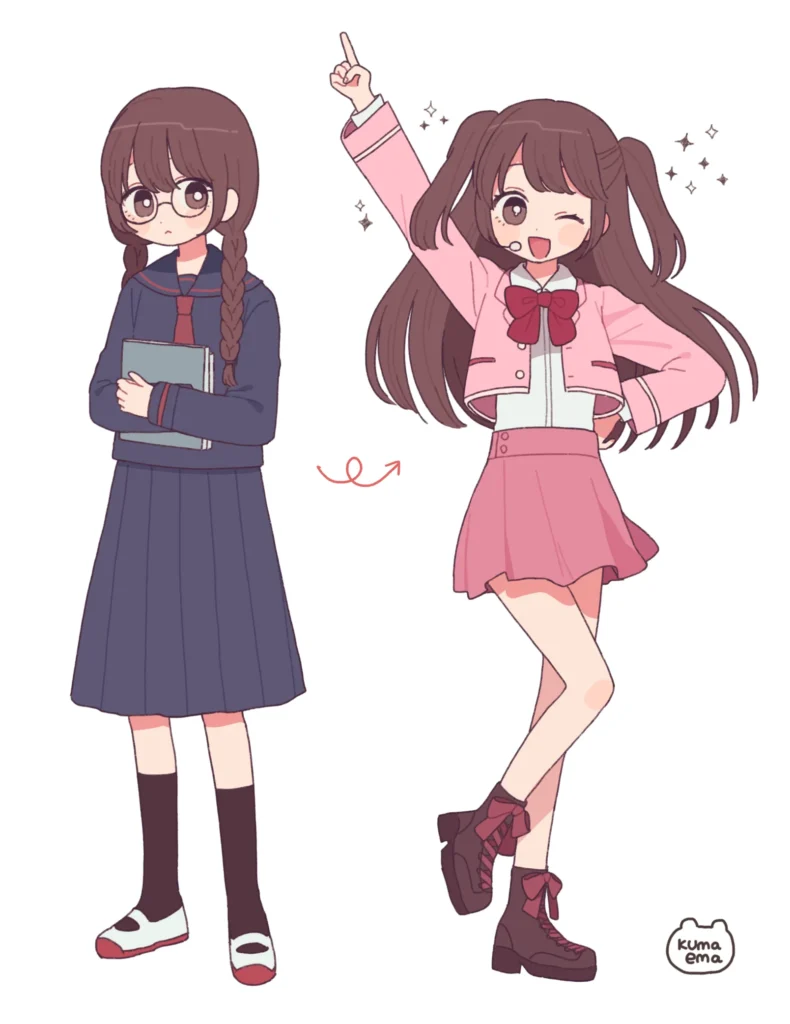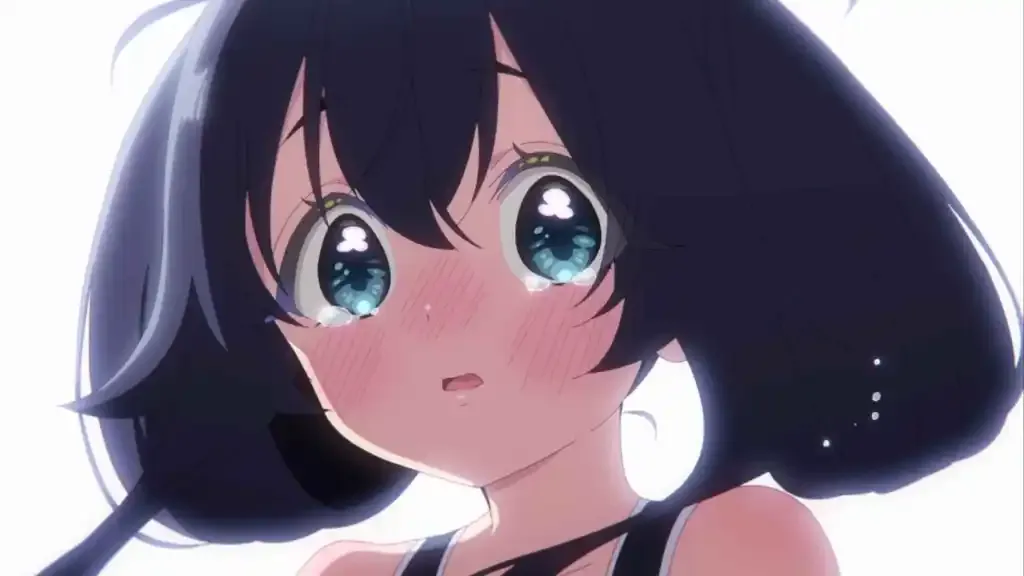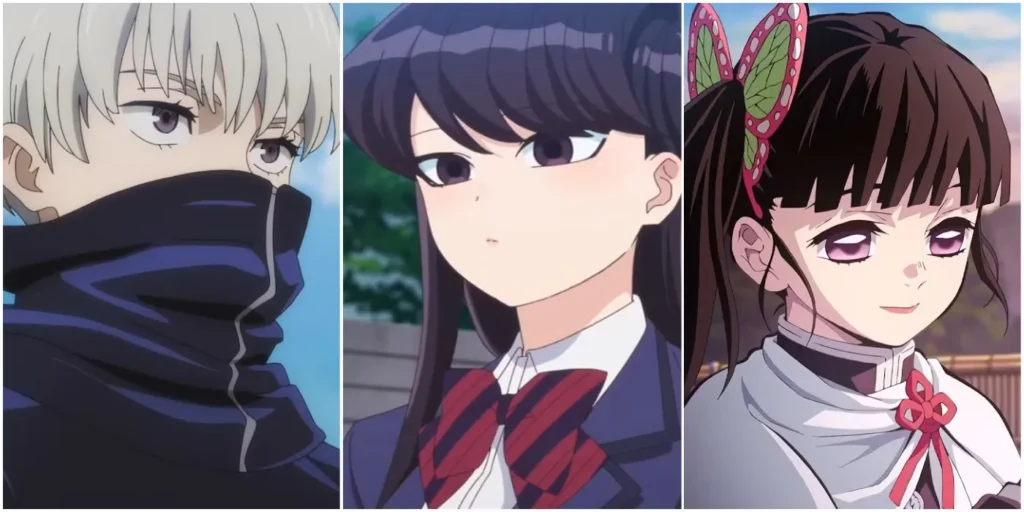Quiet Love and the Charm of Dandere Manga
In the vast and colorful universe of manga, character archetypes serve as emotional anchors that help readers connect with familiar personalities in new and interesting ways. Among the many “dere” archetypes, the dandere is perhaps the most subtle and misunderstood. Timid, quiet, and often overlooked, dandere characters shine brightest in manga that gives them room to grow — and to love.
In this article, we’ll explore what makes dandere manga so special, introduce some classic examples, and explain why fans are drawn to these soft-spoken characters.
What Is a Dandere?
The word dandere is a blend of two Japanese terms:
- “Danmari” (黙り) — meaning silent or quiet
- “Deredere” (デレデレ) — an affectionate, lovestruck behavior
So, a dandere is typically a shy, socially awkward character who rarely speaks. However, when they feel safe or fall in love, their warm, affectionate side begins to emerge. Their silence isn’t due to coldness — it’s rooted in anxiety, introversion, or emotional restraint.
Key Traits of Dandere Characters

Dandere characters in manga are distinct for their quiet personalities and slow-burning emotional arcs. You’ll often recognize a dandere by the following traits:
- Quiet and introverted: They usually speak only when necessary and avoid drawing attention to themselves.
- Deep inner world: Though they say little, dandere characters are often reflective and emotionally intelligent.
- Soft-spoken affection: When they trust someone, they may show surprising depth and romantic intensity.
- Easily embarrassed: Danderes often blush or panic in social situations, especially when feelings are involved.
Their appeal lies in the gradual emotional payoff — as they open up, the audience experiences a rewarding transformation.
Why Dandere Manga Is So Popular
Dandere manga isn’t just about characters who whisper instead of shout — it’s about emotional intimacy, vulnerability, and growth. These stories often focus on subtle romantic development, slow trust-building, and the joy of watching a shy character step out of their shell.
Fans of dandere manga enjoy:
- Relatable social anxiety or introversion
- Soft, wholesome romances
- Character-driven stories
- Heart-melting moments of unexpected boldness
Whereas tsundere and yandere manga often center on high drama or explosive emotions, dandere manga offers a more gentle, soothing read.
Must-Read Dandere Manga Titles
Here are some beloved manga titles where dandere characters take center stage or shine brightly in the supporting cast:
1. Komi Can’t Communicate (Komi-san wa, Komyushou desu)
Author: Tomohito Oda
Komi-san is a classic dandere: beautiful, elegant, and completely paralyzed by social anxiety. The manga is a funny and heartfelt look at how she slowly makes friends — and maybe more — with the help of a kind classmate.
2. Horimiya
Author: HERO (original), Daisuke Hagiwara (art)
While not a pure dandere, Izumi Miyamura shows many traits — reserved, quiet, and emotionally withdrawn. As his friendship with Hori develops, so does his openness and confidence.
3. The Girl I Like Forgot Her Glasses (Suki na Ko ga Megane wo Wasureta)
Author: Koume Fujichika
This romantic comedy features a socially awkward, soft-spoken protagonist whose gentle interactions with a classmate turn into a shy, sweet love story.
4. Kubo Won’t Let Me Be Invisible (Kubo-san wa Mob wo Yurusanai)
Author: Nene Yukimori
Shiraishi is a boy who’s so quiet that he’s nearly invisible. Kubo, a playful and attentive classmate, slowly pulls him into the spotlight. Their slow-burn dynamic is perfect dandere material.

Dandere vs Other “Dere” Archetypes
| Archetype | Traits | Emotion Expression |
|---|---|---|
| Dandere | Quiet, shy, easily flustered | Low at first, grows over time |
| Kuudere | Emotionally reserved but confident | Cool, subtle |
| Tsundere | Aggressive, hot and cold | High, erratic |
| Yandere | Sweet, but obsessive and dangerous | Extreme, possessive |
Dandere Characters in Doujinshi
On Tsumino, dandere characters frequently appear in romantic or slice-of-life doujinshi where the emotional stakes are high but the pace is slow and realistic. Whether it’s a story of first love, quiet longing, or awkward confession, dandere-themed doujinshi allows for deep emotional storytelling and subtle character development.
Many creators explore:
- One-on-one relationships with intense intimacy
- The beauty of shared silence
- Touch-based or blush-based storytelling (few words, big emotions)
Why We Love Danderes
There’s something incredibly touching about a character who struggles to speak — but finds the courage to whisper “I love you.” Danderes represent the power of quiet love, the kind that takes its time and grows strong under the surface. For introverted readers, these characters offer a mirror. For others, they’re an emotional journey worth every shy glance and silent moment.
Final Thoughts
Dandere manga proves that stories don’t need to shout to be heard. With their timid voices and open hearts, dandere characters quietly steal our attention and affection. Whether you’re discovering these characters for the first time or revisiting a familiar favorite, dandere stories offer a unique kind of emotional richness that stays with readers long after the last page.
So next time you browse Tsumino, check the tags for “dandere” — and experience the soft-spoken side of romance in manga.

FAQ: Dandere Manga and Characters
What is a dandere in manga?
A dandere is a character who is quiet, shy, and socially reserved, often due to anxiety or introversion. While they may seem emotionless at first, they reveal a loving, gentle side once they feel comfortable or fall in love.
How is a dandere different from a kuudere?
A dandere is shy and often struggles to communicate, while a kuudere is emotionally calm and composed, but not necessarily shy. Danderes are often embarrassed or flustered, whereas kuuderes tend to remain cool and collected, even in emotional situations.
Why are dandere characters popular in manga?
Danderes are beloved for their emotional depth and slow-burning romance. Their gradual development feels authentic and rewarding, appealing to readers who enjoy soft, wholesome, and character-driven love stories.
What are some well-known dandere characters in manga?
Famous dandere characters include:
- Shouko Komi from Komi Can’t Communicate
- Izumi Miyamura from Horimiya
- Mei Misaki from Another
- Shiraishi Junta from Kubo Won’t Let Me Be Invisible
These characters embody the dandere’s blend of shyness and emotional sincerity.
Are all quiet manga characters considered dandere?
Not necessarily. While many quiet characters might seem like dandere at first glance, true danderes specifically show affectionate behavior only after overcoming their shyness. Characters who are cold without warming up, for instance, are more likely kuudere.
What kind of manga genres feature dandere characters?
Dandere characters are commonly found in:
- Romance
- Slice-of-life
- School life
- Drama
- Doujinshi (especially emotional or slow-paced ones)
They are rarely protagonists in action-heavy genres, but when they appear, they often serve as the emotional heart of the story.
Is dandere manga a specific genre?
No, “dandere manga” is not a formal genre, but rather a character-driven subcategory within various genres. Fans often search for manga featuring dandere characters due to their distinctive emotional arc and personality type.
Where can I find dandere doujinshi?
You can find dandere-themed doujinshi on Tsumino by searching tags like:
- “Dandere”
- “Shy girl”
- “Introvert”
- “Quiet love”
These doujinshi often explore emotional vulnerability, soft romance, and deep character connection.
Why do danderes appeal to introverted readers?
Danderes reflect many real-life introverted traits: anxiety, quiet observation, and inner emotional richness. Readers who relate to these feelings often feel seen and validated through these characters’ journeys of self-expression and love.
About the Author: Hana Sakamoto
Hana Sakamoto is a Japanese culture writer and manga enthusiast with a deep appreciation for character-driven storytelling. Specializing in anime archetypes and emotional narratives, she explores how quiet moments and subtle expressions bring manga characters to life. Hana has contributed to many fan platforms and niche blogs, where she shares insights into the emotional psychology of manga, with a special focus on the dere archetypes that shape fandoms worldwide.
When she’s not writing, Hana can be found re-reading her favorite romance manga, sipping matcha, or sketching characters from stories that inspire her. Her work reflects a passion for quiet love, soft-spoken strength, and the timeless power of introverted voices in Japanese storytelling.